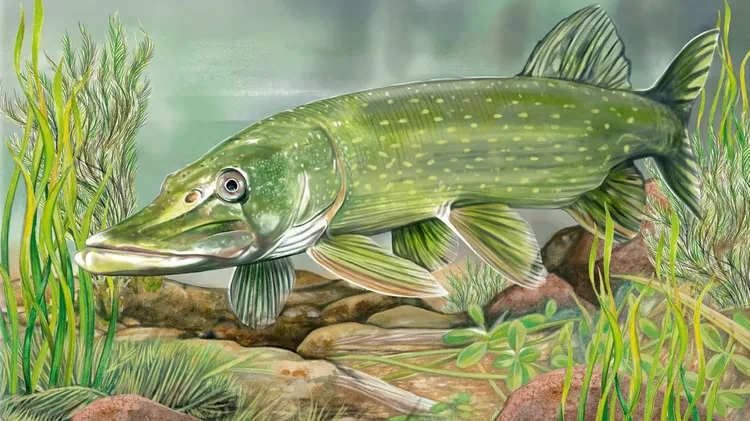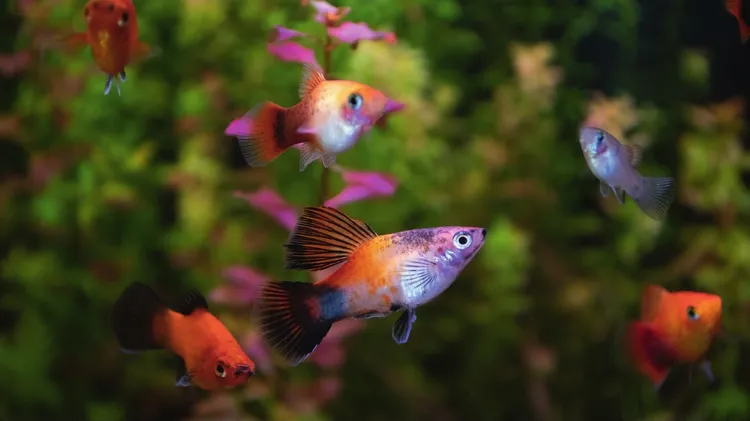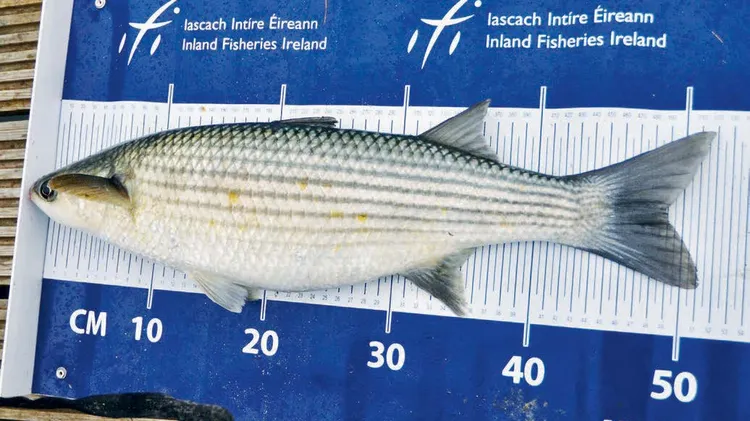Novelty doesn’t need to be prohibitively expensive or have extreme care r
Why the long face?
7 min read
This article is from...
Read this article and 8000+ more magazines and newspapers on Readly






